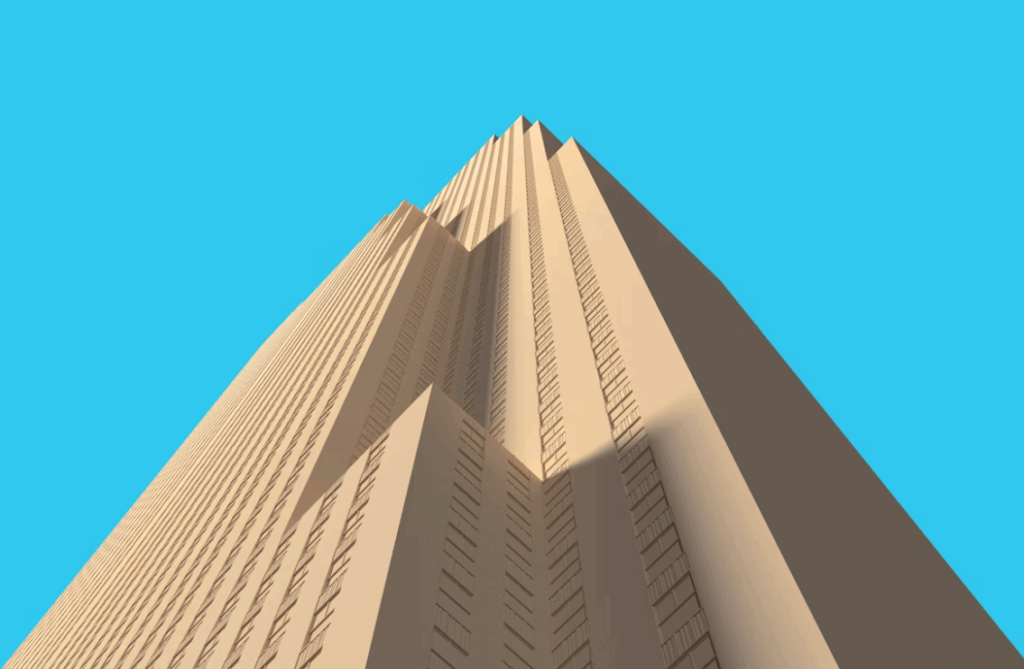The field of heritage conservation has significantly changed with the adoption of digital tools, most notably 3D modeling for historic building restoration. Castles, which stand as monumental symbols of the past, require specialized processes to be studied, documented, and revitalized. In this context, SketchUp for castle restoration visualization has become one of the most accessible and powerful techniques. This article explores how visualization through 3D modeling contributes not only to design accuracy but also to understanding the cultural context of castles.
The integration of SketchUp workflows for heritage conservation ensures that conservationists can virtually reconstruct entire parts of dilapidated castles, including towers, walls, and ornate interiors. The choice of SketchUp is particularly valuable for its intuitive interface, which allows detailed modeling even for those who are not dedicated 3D professionals. Techniques for creating accurate scale representations of castles are accompanied by modern rendering plugins, which help bring ancient stone textures, battlements, and ornamentation back to life.
Another essential function of 3D modeling for heritage conservation projects is testing structural repair. Conservation architects employ 3D design for structural repair of historic sites, simulating methods of reinforcement for walls or beams without risking damage. Engineers may study whether wooden trusses, arched ceilings, or stone masonry can handle new reinforcements simply by using a detailed 3D workflow.
Knowledge of how to model old buildings in 3D is critical to castle work. A conservationist must implement historic proportions, geometric layouts, and medieval architectural laws. For example, castles often have complex asymmetries due to centuries of pieces being added and renovated. A digital workflow allows cataloguing and merging structures from various centuries, offering comprehensive insight into all modifications.
Another strong reason for 3D visualization is community engagement. Many restoration projects rely on the financial support or approval of local governments. A perfectly visualized model, prepared with SketchUp, demonstrates clearly what a restored castle will look like. Applying 3D workflows for castle restoration projects helps explain conservation work to stakeholders who might not understand architectural blueprints.
Castles also contain ornate architecture, such as carved stone windows or Gothic entryways. Here, detailed 3D design for ornate architecture has immense value as it captures small details for preservation. Even if stone carvings collapse in the future, a perfect 3D replication exists as digital memory. This same principle is valuable in documenting sculptures, gates, frescoes, and battlement details.
Finally, the workflow can include larger heritage contexts. For instance, placing the castle into a reproduced landscape allows simulations of its historic role. By designing ancient villages or moats around it, SketchUp for ancient building reconstruction contextualizes monuments as they functioned historically.

